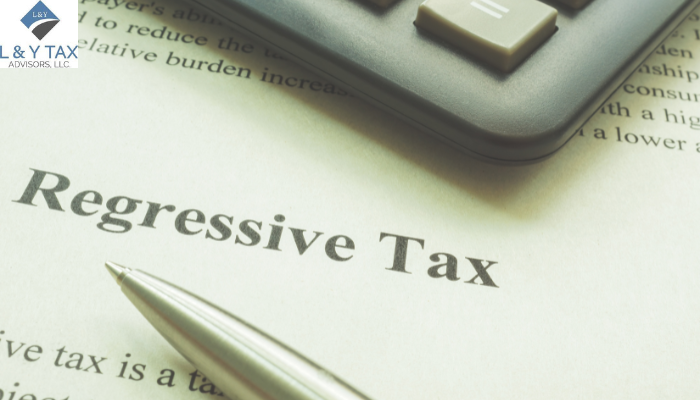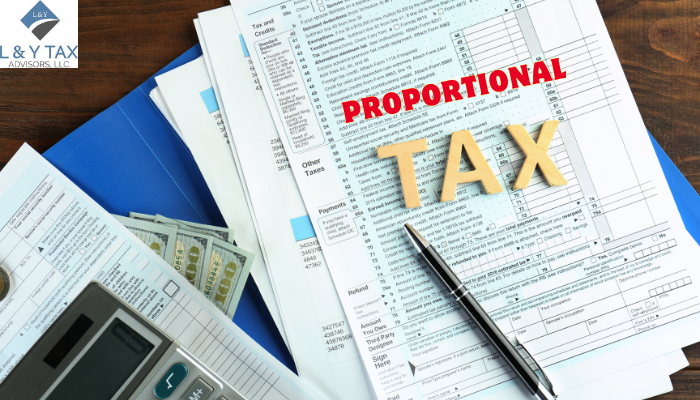
What Qualifies for R&D Credit?
Research and development (R&D) credits are a huge benefit to firms. They provide a road to financial relief while encouraging innovation. But what qualifies for R&D credit? Our best tax consultant Houston untangles the complexities of this often-misunderstood field and sheds light on the activities that help you decide what qualifies for R&D credit for your organization.
Understanding The Criteria
To qualify for R&D credit, your operations must fulfill specific requirements established by tax authorities. While the specifics may differ depending on the jurisdiction, several broad concepts usually apply.
Innovation and Improvement
Innovation is crucial to qualifying for R&D credits. Such activities include creating or enhancing items, processes, software, or formulae. It might entail everything from developing new prototypes to improving current technology.
Technical Uncertainty
Another vital criterion is technological uncertainty. At the start of the project, there must be some degree of ambiguity about the feasibility or approach for obtaining the target objective.
If there is a question mark about how to solve an issue or achieve a goal, you may be eligible for R&D credits.
Experiments and Testing
Experimentation and testing are standard features of research and development. It plays a decisive role in deciding what qualifies for R&D credit. Any activities that include assessing multiple techniques, running trials, or analyzing data to improve procedures may be eligible for credit. It might range from trial and error in a lab environment to field experiments to evaluate real-world performance.
Qualified Research Expenses
In addition to the activities, certain R&D-related costs may be eligible for credit. These can include salary for staff directly involved in R&D, the cost of research supplies and materials, and even a fraction of R&D-related administrative expenses.
Documentation and Record-Keeping
Participating in R&D activities is critical. Besides, appropriate documentation is essential when claiming credits. Keeping accurate records of the work done, the resources used, and the results obtained will assist you in proving your claim in the case of an audit. Make sure you have contemporaneous paperwork to support your R&D credit claim.
Common Misconceptions
Despite the potential benefits, a few myths about R&D credit eligibility prevent organizations from missing out on essential possibilities. One such fallacy holds that only major firms in certain areas are eligible for R&D credits. In actuality, firms of all sizes and sectors may be qualified if they satisfy the standards set by tax authorities.
The Bottom Line
Traversing the landscape of what qualifies for R&D credit necessitates a thorough awareness of the requirements and a proactive strategy for recording qualifying activity. Concentrating on innovation, eliminating technical uncertainty, and meticulously documenting your efforts may position your company to take advantage of significant R&D credits. Our tax advisor services help you solve misunderstandings so you don’t have to hold back from exploring the possibilities and realizing the potential benefits of R&D credits.


